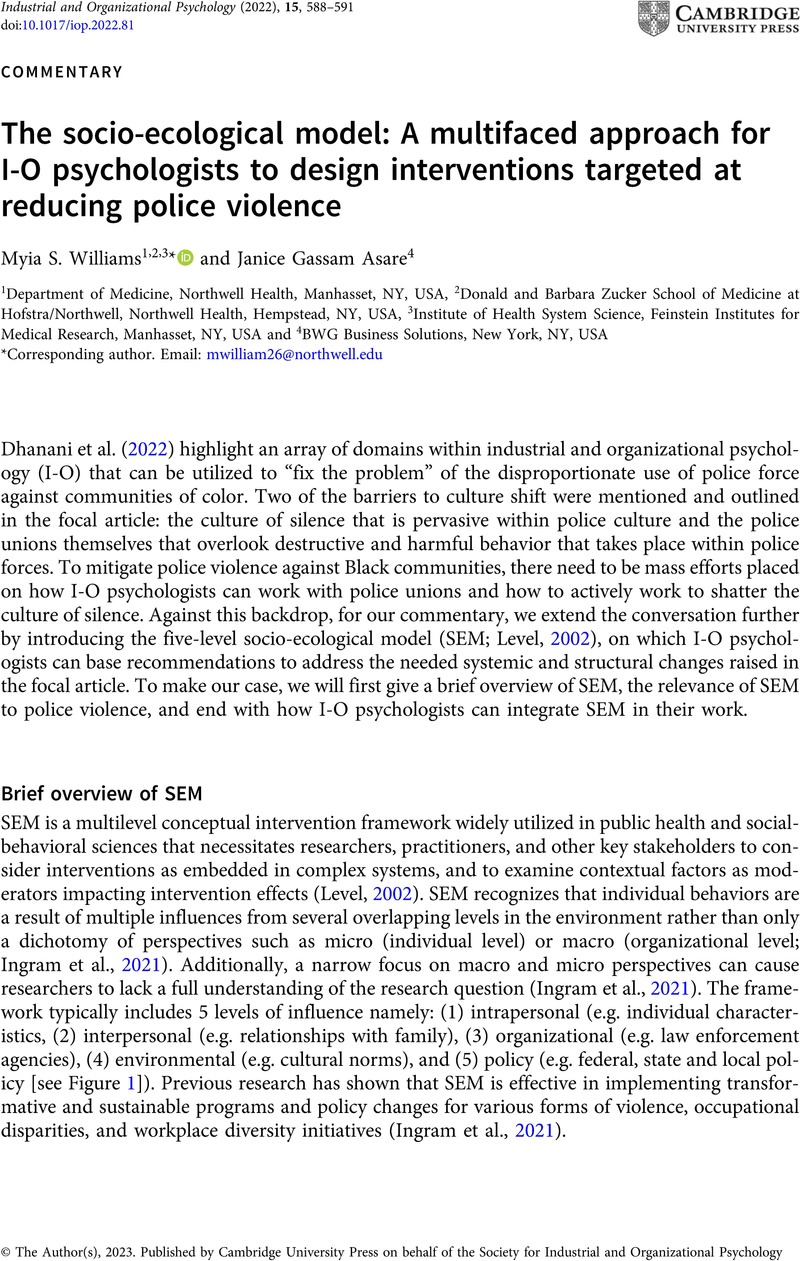Crossref Citations
This article has been cited by the following publications. This list is generated based on data provided by Crossref.
Ofe-Grant, Maulupeivao Betty
Ravenswood, Katherine
and
Macdonald, Fiona
2025.
Reframing approaches to workplace violence towards Pacific homecare workers in New Zealand and Australia.
Journal of Industrial Relations,
Vol. 67,
Issue. 3,
p.
405.
Spaumer, Andrew
and
Mavhandu-Mudzusi, Azwihangwisi H.
2025.
Pentecostal church leaders’ support to children in need of care and protection.
HTS Teologiese Studies / Theological Studies,
Vol. 81,
Issue. 1,



